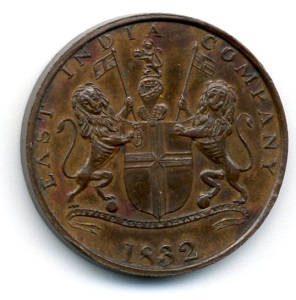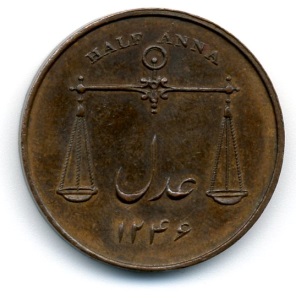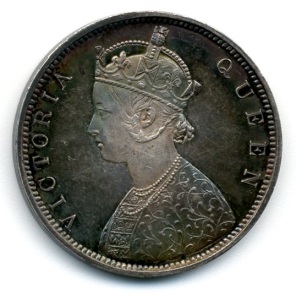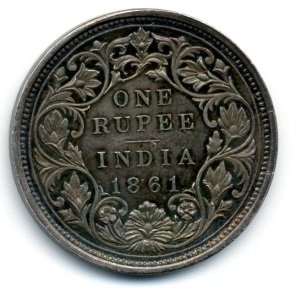Two Rare and Astonishing Mysteries from Colonial India

Spink London's highly esteemed July sale of Ancient, British & Foreign Coins and Commemorative Medals, 15th July 2015, will be showcasing some exceptional lots from the height of British Colonialism in Nineteenth-Century India.
A contemporary described the British Empire in the nineteen hundreds as so vast that "the sun never set" on it. India at this point was considered the crown jewel of this sprawling territory, mainly for its resources and economic potential. In the nineteenth century, to fully exploit this potential, the British administration put many economic changes in effect. One of which was to organise a new coinage system. However, the coins that were intended to be issued have a very interesting and mysterious way of confounding the whole process.
A new mint at Bombay started striking copper coins on 22nd November 1830. Although the Court of Directors had authorised the minting of Half-Annas along with Quarter-Annas and Pies, none were produced for circulation. However a die for the Half-Anna had been produced by a local engraver, and proof specimens bearing the date 1832 were submitted to the Mint Committee by J. Farish, the mint master, on 23rd July 1833. These proofs must have been unsatisfactory as the Mint Committee subsequently requested a new matrix die for Half-Rupees to be engraved at the Calcutta mint and sent to Bombay. It is from these later dies that the copper coins of Bombay mint dated 1834 were struck.
This Half-Anna was found in the cabinet of a British collector. It has obviously seen some circulation, but the story of its journey from Bombay to England has yet to be discovered. It is truly a unique mystery.
 |  |
Lot 155
British East India Company, Bombay Presidency (1830-33), AE proof Half-Anna, 1832, arms of the East India Company, rev. scales of justice with legend half anna above and 'adl with hijri date below, extremely fine and rare.
Estimate £2500 - 3500
In the second half of the nineteenth century, L. C. Wyon designed new Rupee dies that were sanctioned by the Royal Mint. These were shipped out to Calcutta in 1861. Correspondence reveals that Wyon's matrices did not meet the technical requirements of the Indian mints, and new ones had to be prepared at the Calcutta mint that used Wyon's punches but were partially re-engraved. This may account for the very faint traces of the signature that are just visible under the bust of this coin (below).
All Rupees dated 1861 are patterns and none were issued for circulation.
 |  |
Lot 156
British India, Queen Victoria, Silver Pattern Rupee, 1861, Calcutta, crowned bust left with single arches to crown and traces of signature L C WYON below bust, rev. ONE RUPEE - INDIA 1861 within floral wreath, top flower rising from two bracts, good extremely fine, rare.
Estimate £3500 - 4500
For more information, please contact Barbara Mears:
Tel: +44 (0)20 7563 4091 | Email: [email protected]
About SpinkSpink is the world's leading auctioneer of stamps, coins, banknotes, medals, bonds & shares, autographs, books and wine. Since its foundation in 1666, the Spink name has become synonymous with tradition, experience and integrity. Holder of royal warrants and numerous records for prices achieved at auction, Spink offers an unparalleled range of services to collectors worldwide. Headquartered in London, with offices in New York, Hong Kong, Singapore and Switzerland, Spink holds over 70 auctions a year. Catalogues can be accessed through the Spink website (www.spink.com) or via the Spink App for iPhone and iPad.



